

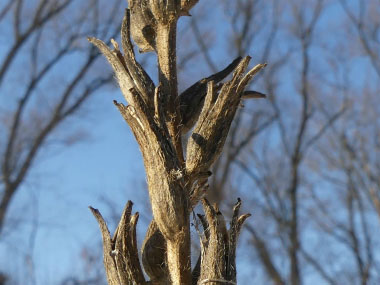
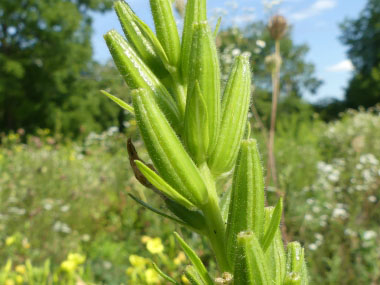
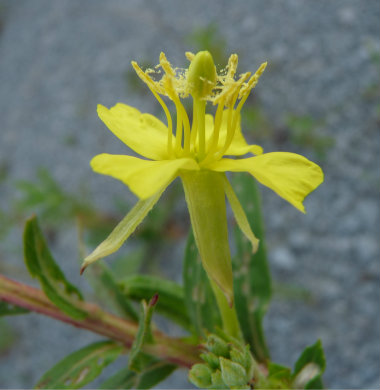
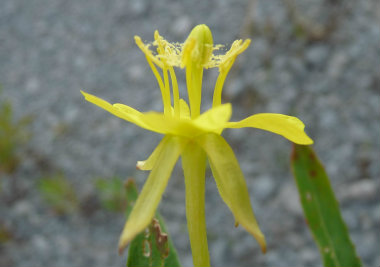
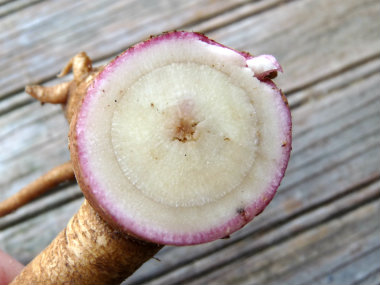
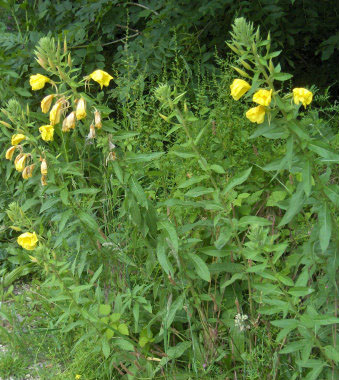
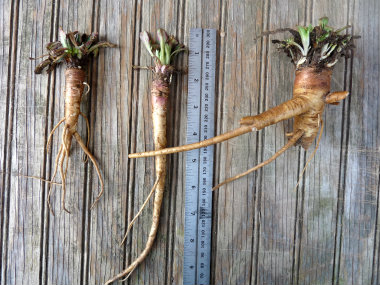
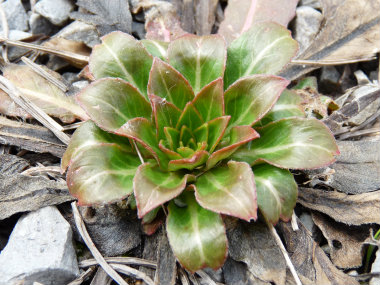
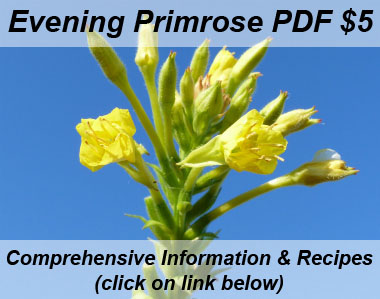
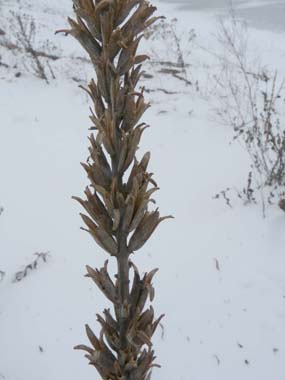
For comprehensive information (e.g. nutrition, health benefits, recipes, history, harvesting tips, etc.) please check out our Evening Primrose PDF magazine.
The evening primrose is a biennial plant that is perhaps best known for its seeds. Oil is extracted from the seeds and used for a variety of health problems. Native Americans used this plant not just as food but medicine too. It wasn’t until the 1930’s that researchers discovered the oil was powerful. Today it is used to help restore brittle hair and nails to a healthy condition as well as for many health ailments.
Distinguishing Features
This plant is an herbaceous forb that earned its common name because of flowering only late in the day and into the evening. Each flowers only last one to two days but one plant produces several flowers over a period of time. The stem does not grow until the second year, are hairy, and they may have tinges of purple or red. These plants reproduce by seed and each plant has numerous seed capsules that are upright. Evening primrose loves well-drained soils in full sun.
Flowers
This bright yellow flower has 4 petals, a stigma X-shaped, sepal turned down against stem; axillary and the terminal is above. It has a long flowering period from late spring to late summer; and the flowers tend to open late afternoon and into the evening. They have a mild lemony scent and its pollinators are bees, butterflies and moths. Hummingbirds are attracted to these flowers because of its nectar.
 Fields
of Nutrition has medicinal benefits and vitamin/mineral content of Evening Primrose.
Fields
of Nutrition has medicinal benefits and vitamin/mineral content of Evening Primrose.
Leaves
The first year you’ll see elliptic to lanceolate shaped leaves that measure about 5 to 20cm long and 1-2.5cm in width. They have wavy margins, a prominent white mid-vein, perhaps some red tinges on the leaf tips and they grow in a tight rosette. The second year a stem grows and the leaves grow alternate and they become smaller with height.
Height
This biennial grows anywhere between 30 and 150 cm (12-60 inches) in height.
Habitat
Evening primrose grows in meadows, on beaches, in dunes, roadsides, and in waste places. This plant is native to Canada and the US and grows in all provinces (not the territories) and most states. It has been naturalized in Great Britain, parts of Europe, Russia, eastern Asia, South American, Australia and some Pacific islands including New Zealand.
Edible Parts
The roots of the first year are fleshy, sweet and somewhat succulent. The roots can grow quite thick and long and resemble parsnips. Young shoots can be eaten raw or cooked (but do not eat a lot of these – sparingly!) The flowers taste great, a little sweet and can be used in salads. Young seedpods can be harvested and steamed or sautéed. It is a very good source of gamma-linolenic acid, an essential fatty acid that is not found in many plant sources.
Other Name
Sun Drop.
To support our efforts please browse our store (books with health benefits, etc.).
Winter Survival Food Handbook

PDF Plant Magazines
Types of Wild Food
Geographic Zones Seasons
Disclaimer
EdibleWildFood.com is informational in nature. While we strive to be 100% accurate, it is solely up to the reader to ensure proper plant identification. Some wild plants are poisonous or can have serious adverse health effects.
We are not health professionals, medical doctors, nor are we nutritionists. It is up to the reader to verify nutritional information and health benefits with qualified professionals for all edible plants listed in this web site. Please click here for more information.
Why Edible Wild Food?
- Food costs are rising
- Free, wild food is readily abundant
- Wild food adds nutrition to your diet
- Wild food can help treat various medical conditions







